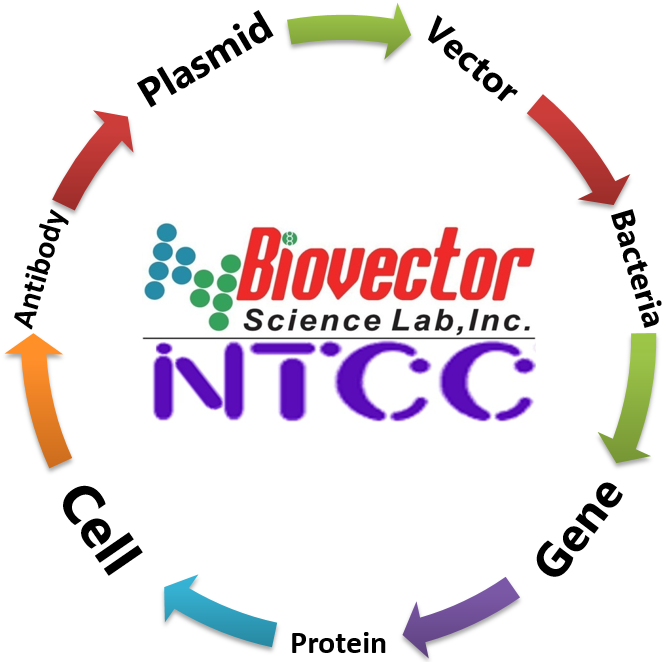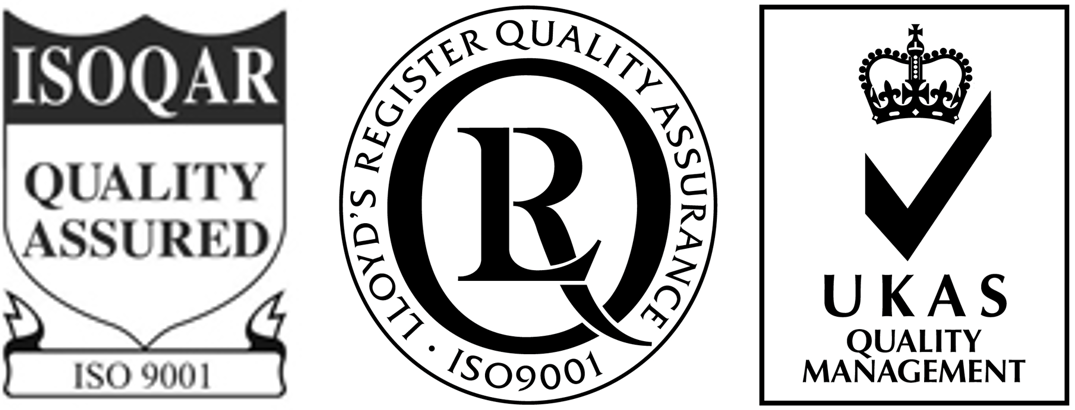MP41人眼色素層黑素瘤細胞株NTCC? Eye Uveal Melanoma cell line-BioVector NTCC質粒載體菌株細胞蛋白抗體基因保藏中心
- 價 格:¥49950
- 貨 號:NTCC?-CRL3297
- 產 地:北京
- BioVector NTCC典型培養物保藏中心
- 聯系人:Dr.Xu, Biovector NTCC Inc.
電話:400-800-2947 工作QQ:1843439339 (微信同號)
郵件:Biovector@163.com
手機:18901268599
地址:北京
- 已注冊
MP41人眼色素層黑素瘤細胞株NTCC? Eye Uveal Melanoma cell line-BioVector NTCC質粒載體菌株細胞蛋白抗體基因保藏中心
MP41 is an epithelial-like cell line that was isolated in 2006 from the primary tumor in the uveal of a 49-year-old, female patient with melanoma. This cell line was deposited by F Nemati, Institute Curie.
- Human cells
- Organism
- Homo sapiens, human
- Morphology
- epithelial-like
- Tissue
- Eye; Uveal
- Disease
- Melanoma
- Applications
- 3D cell culture
- Product format
- Frozen
- Storage conditions
- Vapor phase of liquid nitrogen
Images:

Product category
- Specific applications
- Uveal melanoma (UM) is the most common primary tumor of the eye in adults. There is no standard adjuvant treatment to prevent metastasis and no effective therapy in the metastatic setting. This cell line form the primary tumor is part of a panel This panel recapitulates the molecular and scape of the disease in terms of genetic alterations and mutations. The mTOR pathway was shown to be activated in most of the cell lines independent of AK Tsignaling. mTOR inhibitor Everolimus reduced the viability of UM cell lines and significantly delayed tumor growth in 4 PDXs. Our data suggest that mTOR inhibition with Everolimus, possibly in combination with other agents, may be considered as a therapeutic option for the management of uveal melanoma.
Characteristics
- Cells per vial
- Approximately 2.0 x 106
- Volume
- 1.0 mL
- Growth properties
- Adherent
- Age
- 49 years
- Gender
- Female
- Karyotype
- L1p; G1q;L3;G6p;L6q;L8p;G8q;L16; LOH of chromosome 3
- Oncogene
- GNA11 c.626a A>T
- Comments
- This cell line form the primary tumor is part of a panel This panel recapitulates the molecular and scape of the disease in terms of genetic alterations and mutations.
Oncogenes: GNA11 c.626a A>T
Handling information
- Unpacking and storage instructions
Check all containers for leakage or breakage.
Remove the frozen cells from the dry ice packaging and immediately place the cells at a temperature below --130°C, preferably in liquid nitrogen vapor, until ready for use.
- Complete medium
- To make complete growth medium combine 500 mL RPMI-1640 (ATCC? 30-2001?) with 125 mL FBS (ATCC? 30-2020?)
- Temperature
- 37°C
- Atmosphere
- 95% Air, 5% CO2
- Handling procedure
To ensure the highest level of viability, thaw the vial and initiate the culture as soon as possible upon receipt. If upon arrival, continued storage of the frozen culture is necessary, it should be stored in liquid nitrogen vapor phase and not at -70°C. Storage at -70°C will result in loss of viability.
Thaw the vial by gentle agitation in a 37°C water bath. To reduce the possibility of contamination, keep the O-ring and cap out of the water. Thawing should be rapid (approximately 2 minutes).
Remove the vial from the water bath as soon as the contents are thawed, and decontaminate by dipping in or spraying with 70% ethanol. All of the operations from this point on should be carried out under strict aseptic conditions.
Transfer the vial contents to a centrifuge tube containing 9.0 mL complete culture medium. and spin at approximately 125 x g for 5 to 7 minutes.
Resuspend cell pellet with the recommended complete medium (see the specific batch information for the culture recommended dilution ratio). It is important to avoid excessive alkalinity of the medium during recovery of the cells. It is suggested that, prior to the addition of the vial contents, the culture vessel containing the complete growth medium be placed into the incubator for at least 15 minutes to allow the medium to reach its normal pH (7.0 to 7.6). pH (7.0 to 7.6).
Incubate the culture at 37°C in a suitable incubator. A 5% CO2 in air atmosphere is recommended if using the medium described on this product sheet.
- Subculturing procedure
- Volumes used in this protocol are for 75 cm2 flask; proportionally reduce or increase amount of dissociation medium for culture vessels of other sizes. Corning? T-75 flasks (catalog #430641) are recommended for subculturing this product.
Remove and discard culture medium.
Briefly rinse the cell layer with 0.25% (w/v) Trypsin- 0.53 mM EDTA solution to remove all traces of serum that contains trypsin inhibitor.
Add 2.0 to 3.0 mL of Trypsin-EDTA solution to flask and observe cells under an inverted microscope until cell layer is dispersed (usually within 5 to 15 minutes).
Note: To avoid clumping do not agitate the cells by hitting or shaking the flask while waiting for the cells to detach. Cells that are difficult to detach may be placed at 37°C to facilitate dispersal.Add 6.0 to 8.0 mL of complete growth medium and aspirate cells by gently pipetting.
Add appropriate aliquots of the cell suspension to new culture vessels.
Cultures can be established between 2 x 104 and 4 x 104 viable cells/cm2.Incubate cultures at 37°C.
Interval: Maintain cultures at a cell concentration between 2 X 104 and 3.2 X 105 cell/cm2.Subcultivation Ratio: A subcultivation ratio of 1:3 to 1:8 is recommendedMedium Renewal: 2 to 3 times per week
Quality control specifications
- Bacterial and fungal testing
- Not detected
- Population doubling time
- Approximately 41 hrs
- STR profiling
- Amelogenin: XCSF1PO: 9, 10D13S317: 11, 14D16S539: 13D5S818: 10,13D7S820: 8.3, 9, 9.3, 10, 10.1, 11THO1: 6,7TPOX: 8, 11vWA: 15,18
- Viability
- ≥ 50%
- 公告/新聞




